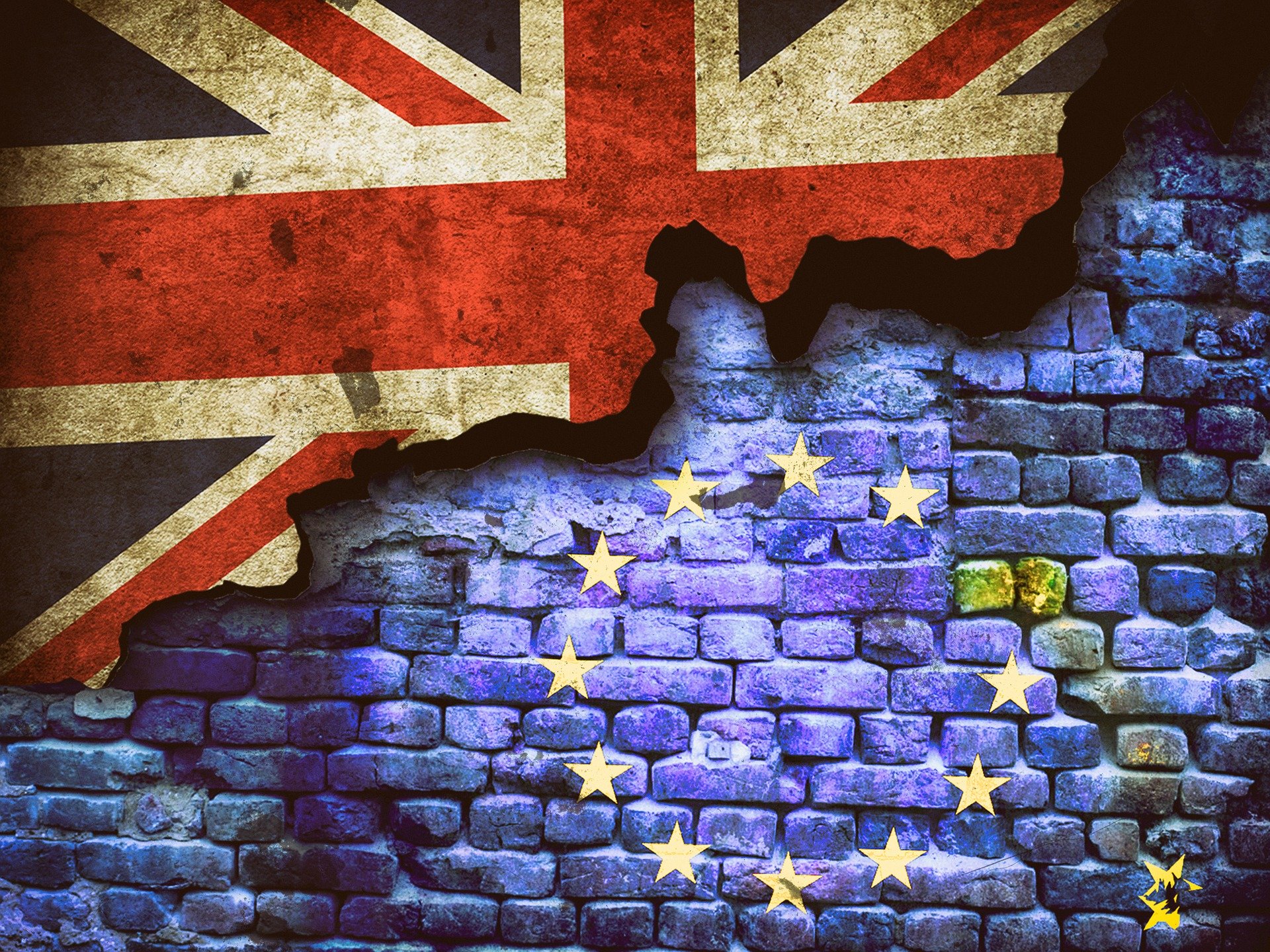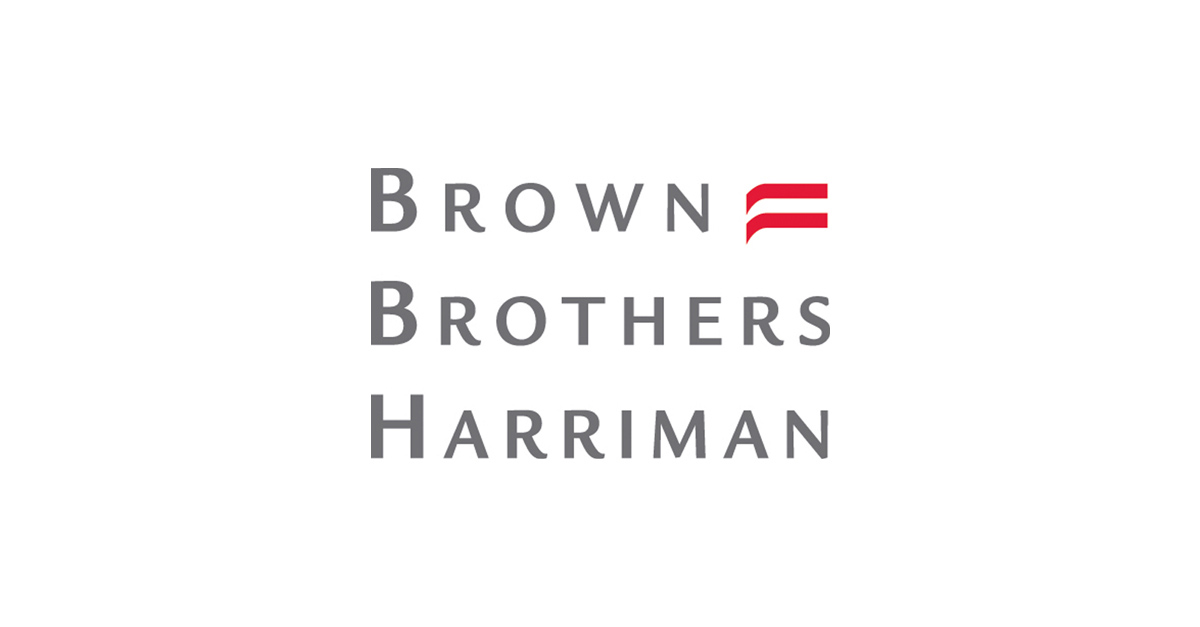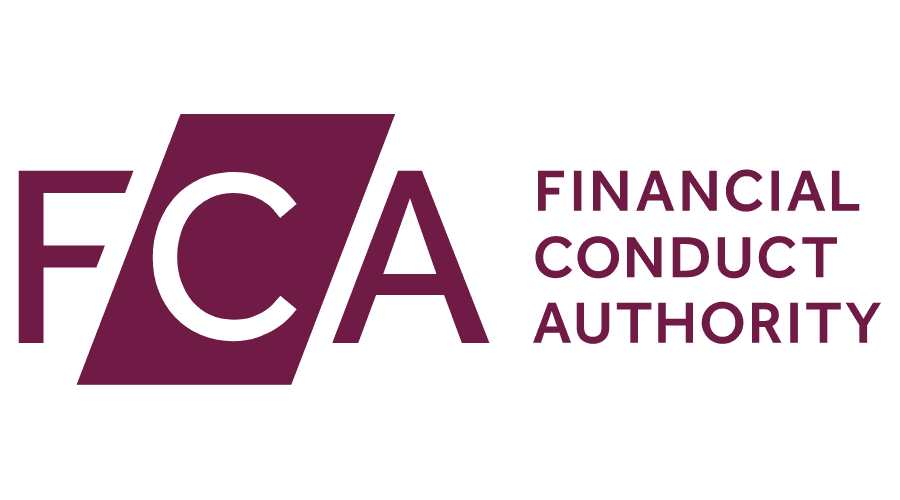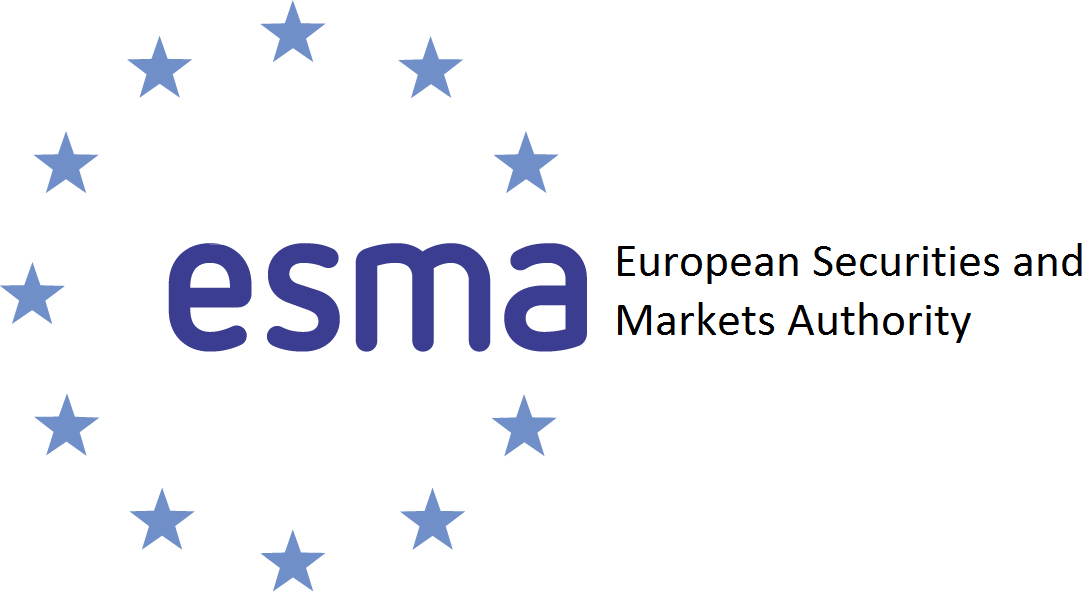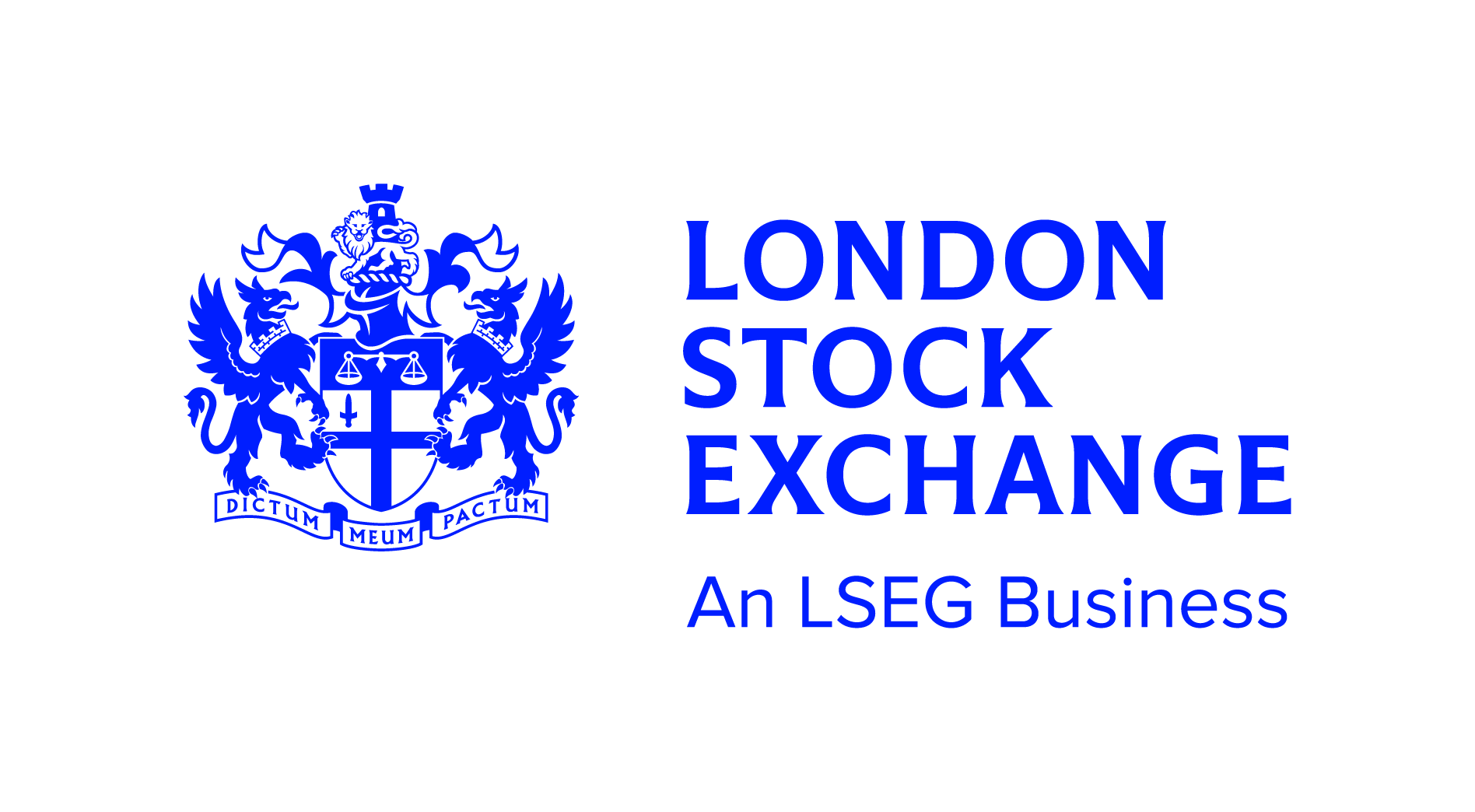The ‘strike while the iron is hot’ approach of European regulators attempting to quickly build standardised ESG definitions and reporting standards has created as many loose ends as answers over the last year, with some now questioning the usefulness of ESG ETFs altogether.
The conversation about how to rank ETFs according to their sustainable credentials was front and centre last March as the EU launched phase one of the Sustainable Finance Disclosure Regulation (SFDR). This framework sorted products into Articles 6, 8 or 9 – not green, ‘light’ green and ‘dark’ green – based on the compulsory disclosure by asset managers on ESG performance.
Eight months later, the Financial Conduct Authority (FCA) took a significant step in setting out five buckets to sort ESG funds under its Sustainability Disclosure Requirements (SDR).
Recognising many UK firms were subject to the EU’s SFDR, the regulator said funds in its ‘not promoted as sustainable’ category would align with SFDR Article 6, ‘responsible’ and ‘transitioning’ with Article 8 and ‘aligned’ and ‘impact’ with Article 9.
The FCA added it would look to implement mandatory ESG reporting aligned with the Task Force on Climate-Related Financial Disclosures (TCFD).
If a ‘third country’ trying to move in step with EU regulation seems like a boon for internationally standardised ESG reporting, then another boost came in the same month when the IFRS Foundation launched the International Sustainability Standards Board (ISSB) at COP26 as an attempt to build a global ESG reporting standard using previous frameworks such as the TCFD and Sustainability Accounting Standards Board (SASB).
A year that burst the bubble
Unfortunately, the fanfare such developments are met with need to be justified by regulators ironing out the minute details of how such policies will work in practice – and the past year has shown ESG does not lend itself to common understanding.
By December 2021, the EU was already stating it would have to delay the implementation of SFDR ‘level two’ – which requires more granular disclosure on 18 principle adverse impacts statements (PAIS) among others – until January 2023 due to its “length and technical detail”, having initially been billed for January this year.
Since the delay, individual countries have also contested the SFDR's categories. With nuclear and natural gas set to enter the EU taxonomy of sustainable activities in 2023, the European Supervisory Authorities (ESA) were asked to suggest disclosure requirements for the energy sources to be used under the SFDR from next year.
This could create divergence on how the regulation is treated on a national scale, with Austria and Luxembourg previously threatening to bring a lawsuit against the EU for including nuclear in its taxonomy. Meanwhile, although climate transition benchmark (CTB) aligned ETFs are allowed to have fossil fuel exposure and are often categorised under Article 9, the Danish Finanstilsynet (FSA) previously said ‘dark’ green funds have no excuse investing in high polluters.
Looking away from the regulators and toward the parties they are trying to regulate, it is clear the fog has not been lifted on ESG data gathering and how these metrics are transmuted into ratings and subsequently, indices.
By the end of 2021, there were more than 600 ESG rating frameworks, according to thinktank SustainAbility, and by summer this year there were 59 ESG data providers operating in the EU, as per the European Securities and Markets Authority (ESMA).
On the ratings that turn raw data into scores used to weight securities in benchmarks, French regulator Autorité des Marchés Financiers (AMF) in June called for regulation requiring transparency on rating methodologies, underlying data used, conflict-of-interest management and product objectives.
A month later, ESMA said it had received 154 pieces of industry feedback lamenting ESG ratings providers’ opacity and a lack of granularity in their underlying data.
In August, the EU published responses to its proposal to regulate the ratings sector, with 80% of 168 private companies, central banks, public authorities and NGOs supportive of some form of intervention while 90% identified a lack of transparency as their main concern within the sector.
Unsurprisingly, dominant ratings providers such as MSCI, Morningstar – owner of Sustainalytics – and London Stock Exchange Group – owner of FTSE Russell and Refinitiv – were among the largest opponents to ratings regulation, instead favouring non-binding principles of good conduct.
Interestingly, the FCA added to the debate in September with its ‘Dear CEO’ letter, which noted it would further scrutinise the construction and labelling of ESG benchmarks as the subjective nature of how data and ratings are turned into investment products could create a “trust deficit” in passive ESG funds. Last year, the Treasury considered bringing data and ratings providers within the scope of FCA regulation.
As it stands
After a trying but necessary year of reflection, it is clear investor enthusiasm for ESG and the EU’s SFDR has been tempered.
In March, the Brown Brothers Harriman annual ETF investor survey found SFDR article classifications were the number one tool used by professionals when selecting ESG ETFs.
This paints a very different picture to asset flows in Q2 with investors appearing to lose faith in Article 8 products after pulling €30.3bn, according to data from Morningstar.
This exodus likely owes to a lack of gatekeeping on Article 8, with 700 products switching to the ‘light’ green category over the first nine months of 2022 alongside zero downgrades to Article 6 – prompting Morningstar to note 23% of Article 8 funds now do not meet the criteria of an ESG fund.
The hope is ‘level two’ of SFDR will be a moment of reckoning for greenwashing culprits which are not able to live up to the criteria for Article 8 and 9 membership based on more granular reporting requirements, however, there is a possibility that reporting on the majority of ETFs falls short, which could force regulators to backtrack.
It also bears remembering that to remain aligned, SDR will likely have to implement its own phase two in due course. Even if this is done successfully, the transition period of the EU’s Benchmark Regulation (BMR) ends in January 2024, meaning all non-BMR-compliant indices will be inaccessible to EU investors. ESMA expects more index administrators in the UK to apply for recognition but at present, only 3% of third-country indices used in the EU have BMR authorisation.
Elsewhere, the IFRS’s slower-moving ISSB has issued two disclosure standards on sustainability-related financial information and climate-related disclosures. ESMA said the EU’s regional and IFRS’s international frameworks must “go hand-in-hand” but unfortunately, the ISSB has more of a single materiality focus versus the EU’s double materiality approach to ESG.
One hope is the European Single Access Point (ESAP) – a free-to-access portal of corporate data to be launched in 2024 – will feed into ESMA and create a machine-readable and standardised database for sustainability and more, however, this and the standardisation of ESG in Europe, remain a long way off.
This article was first published inESG Unlocked: Europe out in front, an ETF Stream report
Related articles
